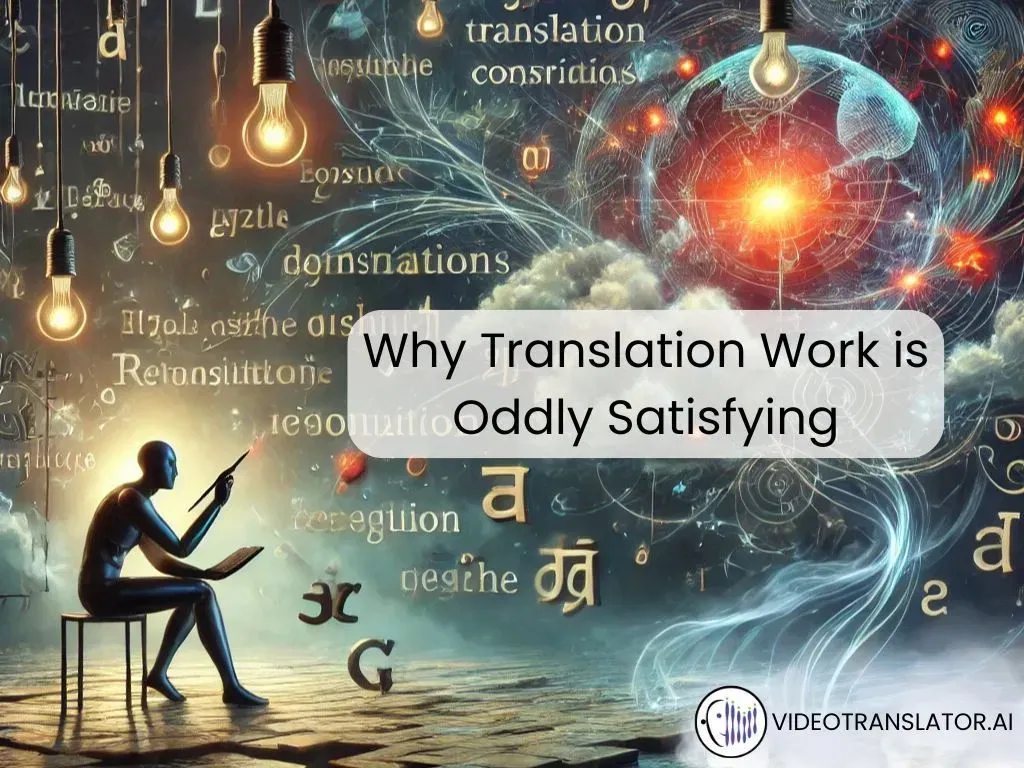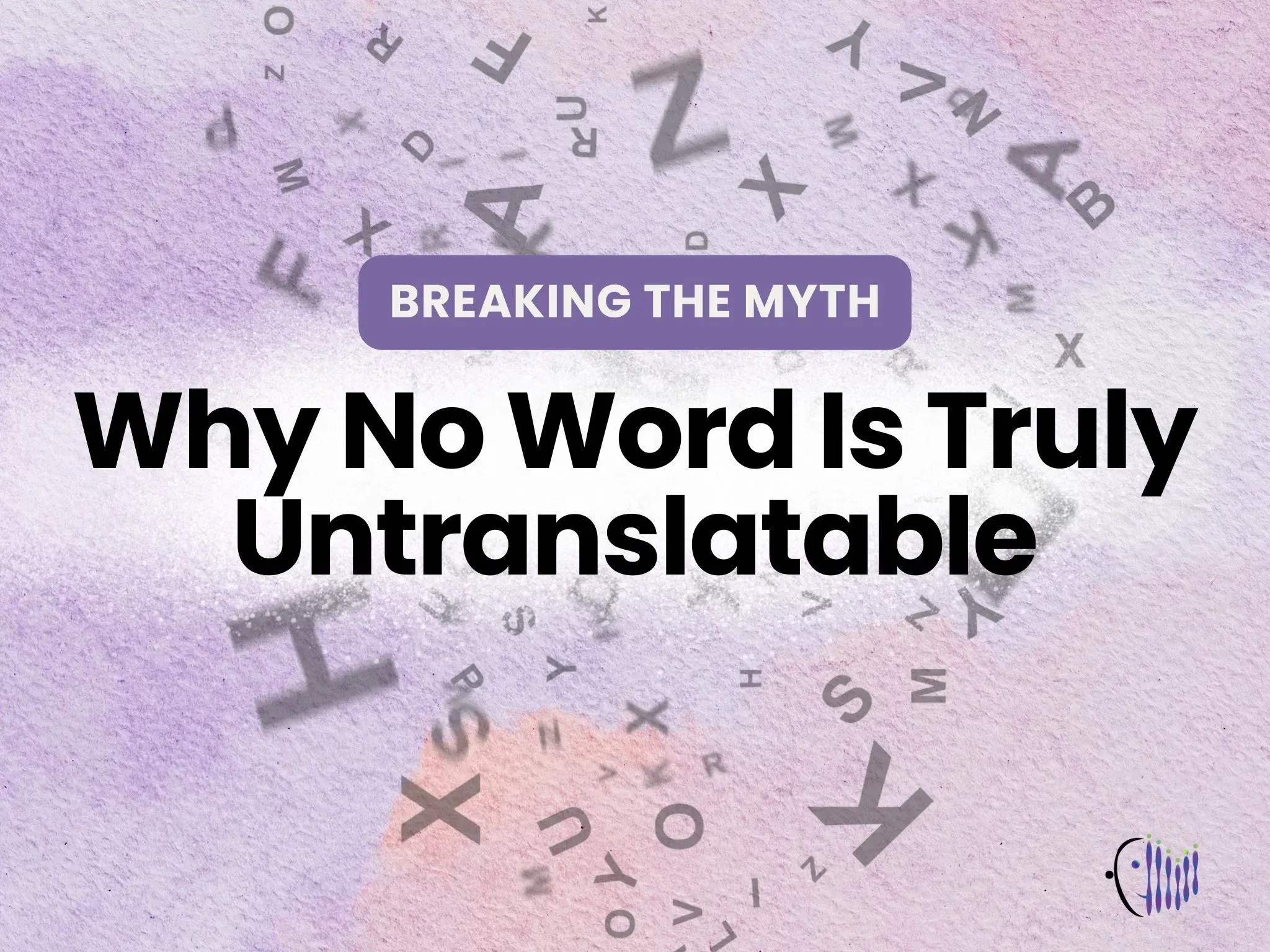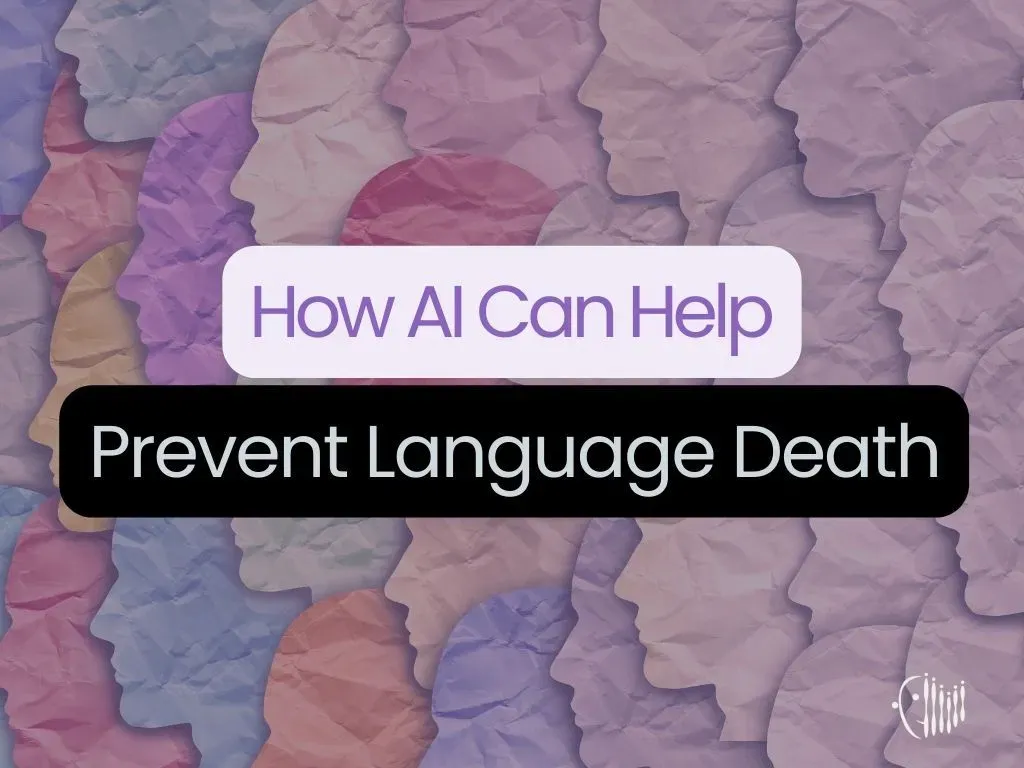Translators and interpreters often describe their work as oddly satisfying. At first glance, this might seem surprising: after all, sifting through grammar, cultural nuances, and industry jargon can be challenging.
Yet the process itself—combining creativity with strict adherence to source meaning—sparks a unique, almost meditative gratification.
It’s precisely this blend of art and discipline, of exploration within constraints, that draws so many people to the profession and keeps them deeply engaged.
Many thanks to Kathrin Kunze, as an interaction with her inspired this post!
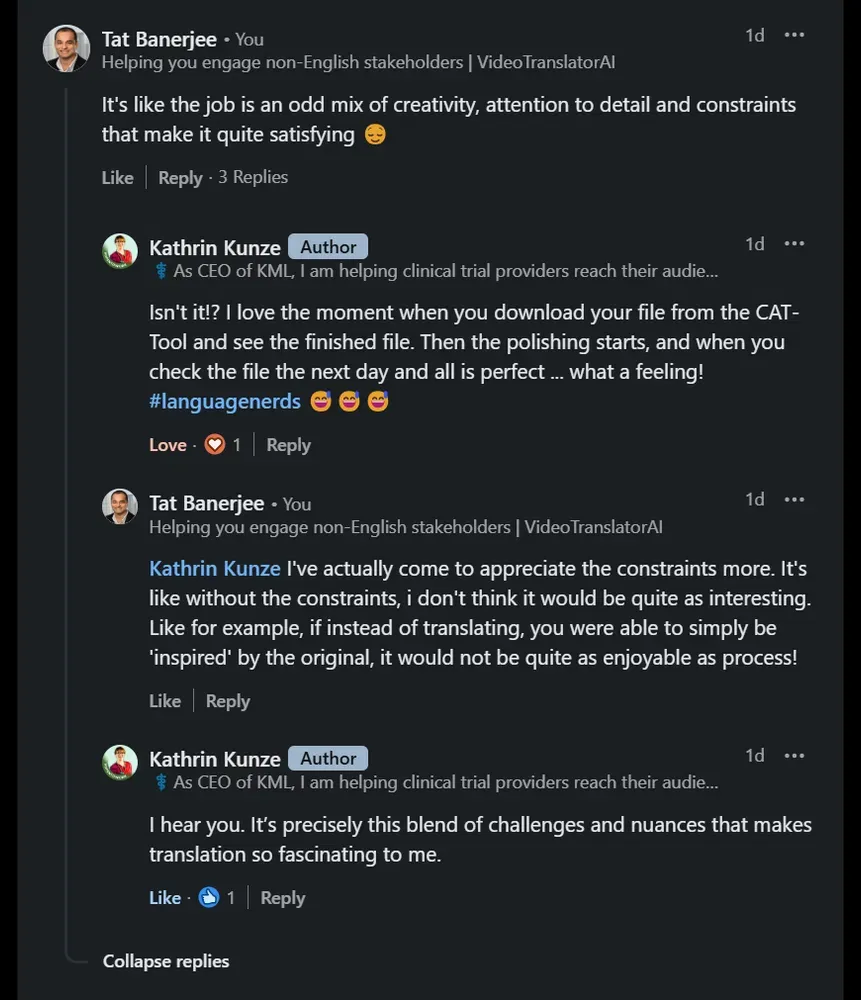
Oddly Satisfying: What It Means in the Context of Translation
In everyday social media usage, “oddly satisfying” is an umbrella term describing videos or activities that provide a soothing or pleasing effect.
For translators and interpreters, the “oddly satisfying” element emerges when they:
- Work within precise boundaries to ensure accuracy.
- Exercise creativity to convey style, tone, and subtlety.
- Achieve a kind of “perfect fit” where the target text meets the original text’s intent.
This balancing act—being true to the source while adding just the right linguistic flourish—is what many translators find so rewarding.
The boundaries are strict, yet the range of expression is boundless.
Here is an example courtesy of Bethan Thomas, which I really liked! She works in accessibility, and the image description from one of her LinkedIn posts was awesome!
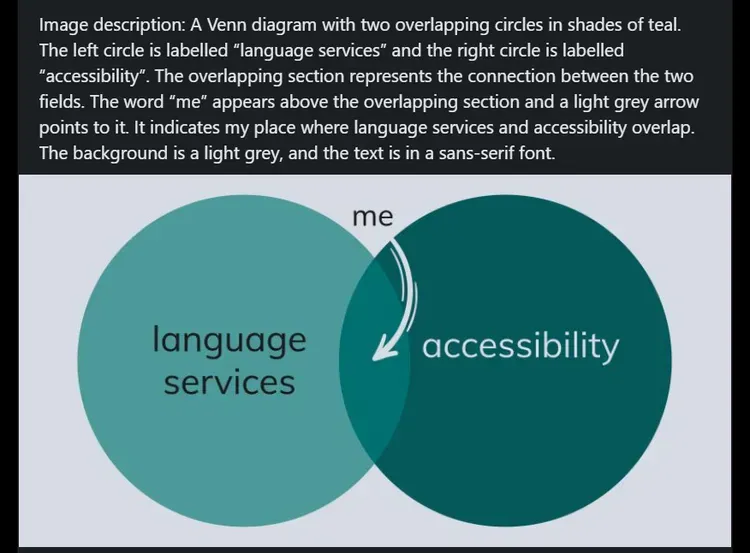
Three Key Arguments Why Translation Is Oddly Satisfying
Creativity Within Constraints
Translation and interpreting don’t allow for total creative freedom—your hands are “tied” by the source text. Yet this is precisely where the satisfaction lies.
Much like solving a puzzle, there’s a thrill in finding the perfect turn of phrase that retains the source’s meaning while resonating with a new audience.
This constraint-based creativity fuels a sense of accomplishment and drives many professionals to keep honing their craft.
Continuous Problem-Solving
Every document, speech, or piece of source material comes with its own challenges: cultural references, idiomatic expressions, or specialized terminology.
Translators and interpreters become adept at picking up nuanced meanings and translating them accurately—sometimes under tight deadlines or demanding conditions.
The satisfaction parallels that “aha” moment of fitting a final puzzle piece. It’s a small spark of success repeated daily, keeping practitioners enthusiastic and motivated.
Emotional and Intellectual Engagement
Translating isn’t just mechanical; it’s a process that can be surprisingly emotional. When you capture the essence of a writer’s voice or maintain the comedic timing in a joke, you experience the joy of connection.
This process involves empathy with the original author and with the new audience—another layer that makes translation feel personally meaningful.
Implications for Technologists and Language Services at Scale This sense of gratification and deep engagement isn’t just an odd quirk—it’s a cornerstone of the language services industry.
If technologists and product developers in areas like large-scale content operations want to build tools that truly serve translators and interpreters, they must account for this “oddly satisfying” aspect. Here’s how:
Honour the Creative Spark
Tools should provide translators with intelligent aids (terminology databases, style guidelines, etc.) but leave room for flexibility and creativity. Over-automation can squash that sense of discovery and satisfaction, which drives translators to excel.
Ease Pain Points, Don’t Replace the Human Touch
Automated workflows, translation memory, and other language tech can augment the translation process by speeding up repetitive tasks and ensuring consistency.
However, technologists should recognise that real magic happens when a human translator applies cultural context, empathy, and creativity. Solutions should be designed to enhance that human connection—rather than replace it.
Enable Continuous Improvement and Feedback
Since translators gain satisfaction from problem-solving, platforms that provide immediate context, relevant references, and user-friendly revision tools feed their sense of accomplishment.
Building feedback loops—where linguists can see how their work is received and adapt—preserves that feeling of ongoing growth.
Conclusion
Curious how VideoTranslatorAI can streamline your ContentOps while maintaining that oddly satisfying precision?
We’d love to help you scale your content operations seamlessly. Feel free to reach us at hello@videotranslator.ai. Let’s connect!
